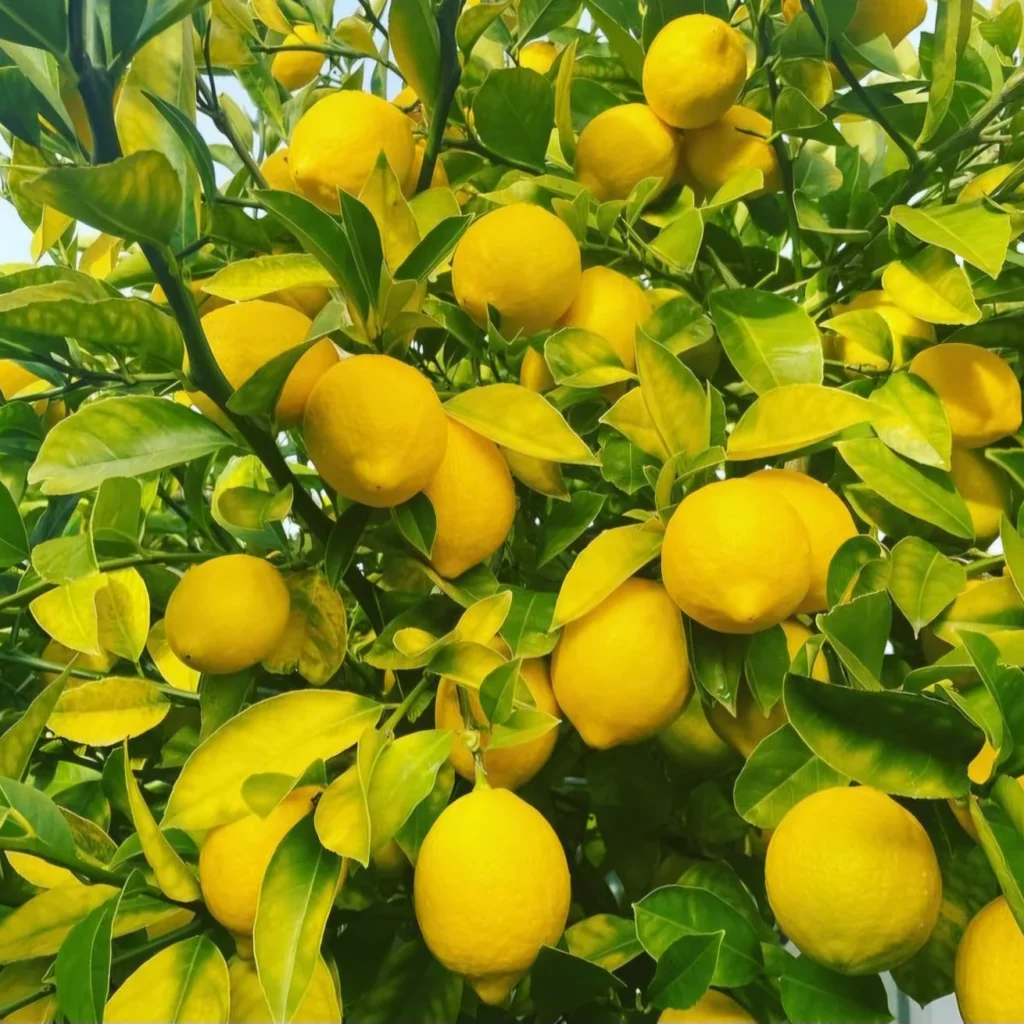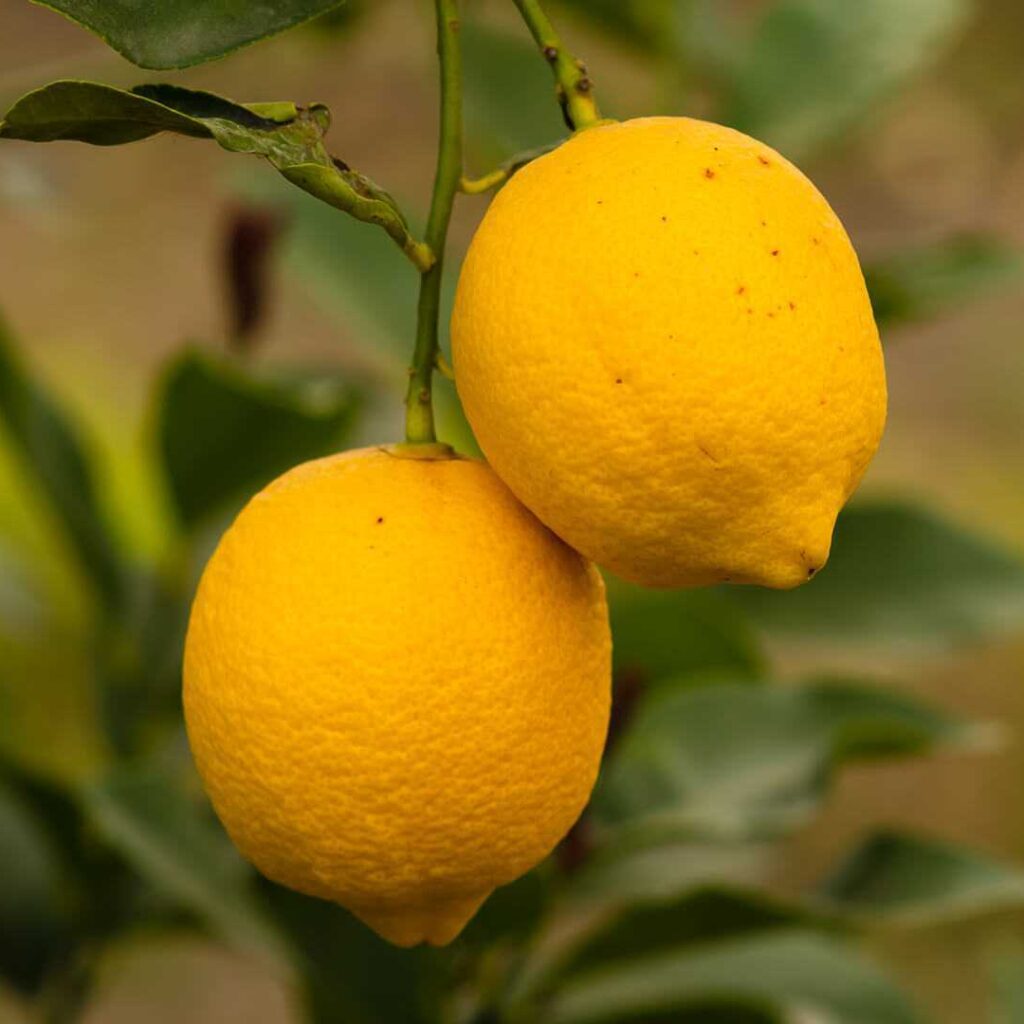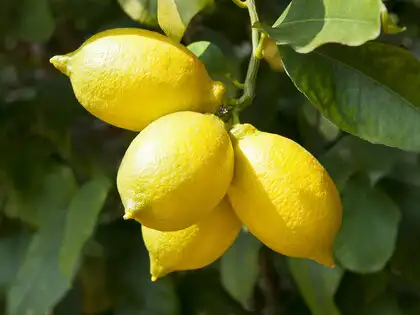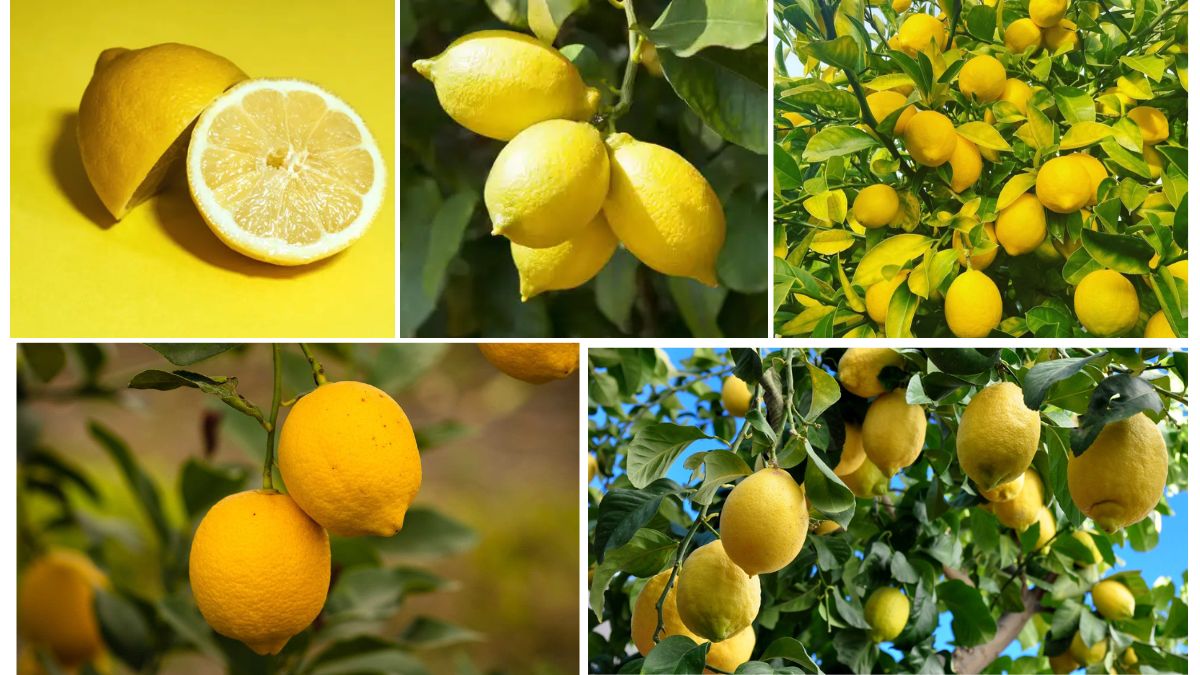Zesty, vibrant, and packed with vitamin C — lemons are among the most popular citrus fruits globally. From adding flavor to dishes to starring in refreshing beverages, and even being used for cleaning and medicinal purposes, lemons are a staple in households and industries alike. But have you ever wondered which countries dominate the global trade of this tangy fruit? This article explores the largest lemon importers and exporters by country, highlighting global trade patterns, major players, and the dynamics driving the lemon industry.
Global Overview of Lemon Trade

Lemons are grown primarily in warm, subtropical and Mediterranean climates, which limits large-scale production to specific regions. However, global demand is widespread, leading to active international trade. The lemon market is influenced by factors such as:
- Climate and weather patterns
- Citrus diseases (e.g., citrus greening)
- Changing consumer preferences
- Export quality standards
As of the most recent data, global lemon exports are valued at over $3.5 billion, while imports match that demand closely, emphasizing how integral lemon trade is to the global agricultural economy.
Top Lemon Exporting Countries
1. Spain – The Global Lemon Export Leader

Global Share: ~30% of world lemon exports
Key Importers: France, Germany, UK, Italy, Poland
Spain is the undisputed largest exporter of lemons in the world. The Mediterranean region, especially Murcia and Valencia, is ideal for growing the prized Fino and Verna lemon varieties. Spanish lemons are preferred in Europe for their:
- Excellent quality
- Extended shelf life
- Consistent seasonal supply
Spain’s strategic advantage also lies in its proximity to major European markets, allowing for fast and cost-effective shipping.
2. Mexico – The North American Powerhouse

Global Share: ~20%
Key Importers: United States, Canada, Japan
Mexico is one of the largest lemon and lime producers globally, with Veracruz, Michoacán, and Colima being key lemon-growing states. Although much of its production includes limes (especially Persian lime), Mexico’s lemon exports are significant, especially to the U.S. and Asian markets.
Key strengths:
- Year-round production
- Low transportation costs to the U.S.
- Established trade agreements (USMCA)
Mexico’s dominance in lime exports often overshadows its lemon trade, but both contribute significantly to its citrus economy.
3. Turkey – A Mediterranean Citrus Giant

Global Share: ~12%
Key Importers: Russia, Iraq, Ukraine, Germany
Turkey ranks high among global lemon exporters. The southern coastal regions such as Mersin and Adana are lemon-growing hubs. Turkish lemons are in demand due to:
- Affordable pricing
- Large harvest volumes
- Early-season production
Turkey also benefits from growing trade relationships with Middle Eastern and Eastern European countries, offering an expanding market for its citrus fruits.
4. South Africa – The Southern Hemisphere Supplier
Global Share: ~10%
Key Importers: UAE, UK, Netherlands, Saudi Arabia
South Africa is a major citrus exporter, and lemons are a vital part of this trade. The Western Cape and Eastern Cape regions produce top-grade lemons that are shipped to both developed and emerging markets.
Why South Africa matters:
- Counter-seasonal supply (exports during Northern Hemisphere off-season)
- Modern agricultural practices
- Strong quality control
South Africa has also been expanding its exports to Asian markets, especially China and India.
5. Argentina – Quality Lemons for the World

Global Share: ~10%
Key Importers: EU nations, Russia, Middle East
Argentina, particularly the Tucumán region, is famous for its high-quality lemon production. It is also a leading processor of lemon derivatives such as oils, juice, and citric acid.
Argentina stands out due to:
- Large-scale commercial lemon farms
- Reputation for juiciness and flavor
- Export of both fresh and processed products
Despite facing export restrictions at times, Argentina remains a key player, especially in lemon juice concentrate.
6. United States – Dual Role as Producer and Exporter
Key Export Markets: Canada, Japan, South Korea, Australia
While the U.S. is also a major lemon importer (see below), it exports lemons primarily from California and Arizona, two citrus-rich states. U.S. lemons are popular in premium markets due to:
- Strict quality standards
- Organic production methods
- Efficient logistics
American lemons are sought after in Asia-Pacific countries, especially Japan and South Korea.
Top Lemon Importing Countries
1. United States – The World’s Largest Lemon Importer
Global Share: ~25%
Key Exporters: Mexico, Chile, Argentina
Despite being a major producer, the U.S. remains the largest importer of lemons, mainly due to year-round demand, consumer preference for limes and lemons, and limited domestic supply during certain months.
Why imports matter in the U.S.:
- Demand exceeds production
- Smooth logistics from neighboring Mexico
- Growing health-conscious consumption
2. Germany – Europe’s Largest Lemon Consumer
Global Share: ~15% of EU imports
Key Exporters: Spain, Turkey, South Africa
Germans use lemons in beverages, baking, and household cleaning, driving consistent year-round demand. The country relies heavily on imports due to its unsuitable climate for citrus production.
Germany benefits from:
- Close ties with Spain (its biggest supplier)
- Efficient import ports
- High consumption per capita in Europe
3. France – A Citrus-Dependent Nation
Key Exporters: Spain, Argentina, Italy
France imports a significant volume of lemons for culinary, beverage, and cosmetic industries. While the French Riviera does grow some citrus, it is far from enough to meet national demand.
Notable import characteristics:
- Preference for Spanish lemons
- Quality-focused market
- Stable year-round demand
4. United Kingdom – Heavy Reliance on Imports
Key Exporters: Spain, South Africa, Argentina
The UK climate prohibits commercial lemon cultivation, making it fully dependent on imports. Lemons are a staple in British households, especially for tea, cocktails, and desserts.
The UK market stands out for:
- High standards for residue-free lemons
- Increasing demand for organic options
- Diverse sourcing due to Brexit shifts
5. Netherlands – Importer and Distributor
Role: Key importer and re-exporter in Europe
Imports From: South Africa, Spain, Turkey
Exports To: Germany, Scandinavia, Eastern Europe
The Netherlands functions as a transit and distribution hub for citrus, similar to its role in avocado and banana markets. Rotterdam is the key entry point for lemons into northern Europe.
Strengths include:
- Excellent cold storage and logistics
- Ripening and packaging facilities
- Efficient redistribution networks
Conclusion
The lemon trade is a vibrant and essential component of global agriculture, driven by rising demand across culinary, health, and industrial sectors. Spain, Mexico, and Turkey dominate the global lemon export market, while the United States, Germany, and France lead in imports.
As global trade patterns evolve, climate change impacts production regions, and demand for organic, pesticide-free citrus rises, countries will need to adapt with better technologies, sustainable farming, and trade diversification.
So, next time you squeeze a lemon into your tea or use its zest in a cake, remember — it might have traveled thousands of kilometers, connecting farmers, traders, and consumers across continents.





